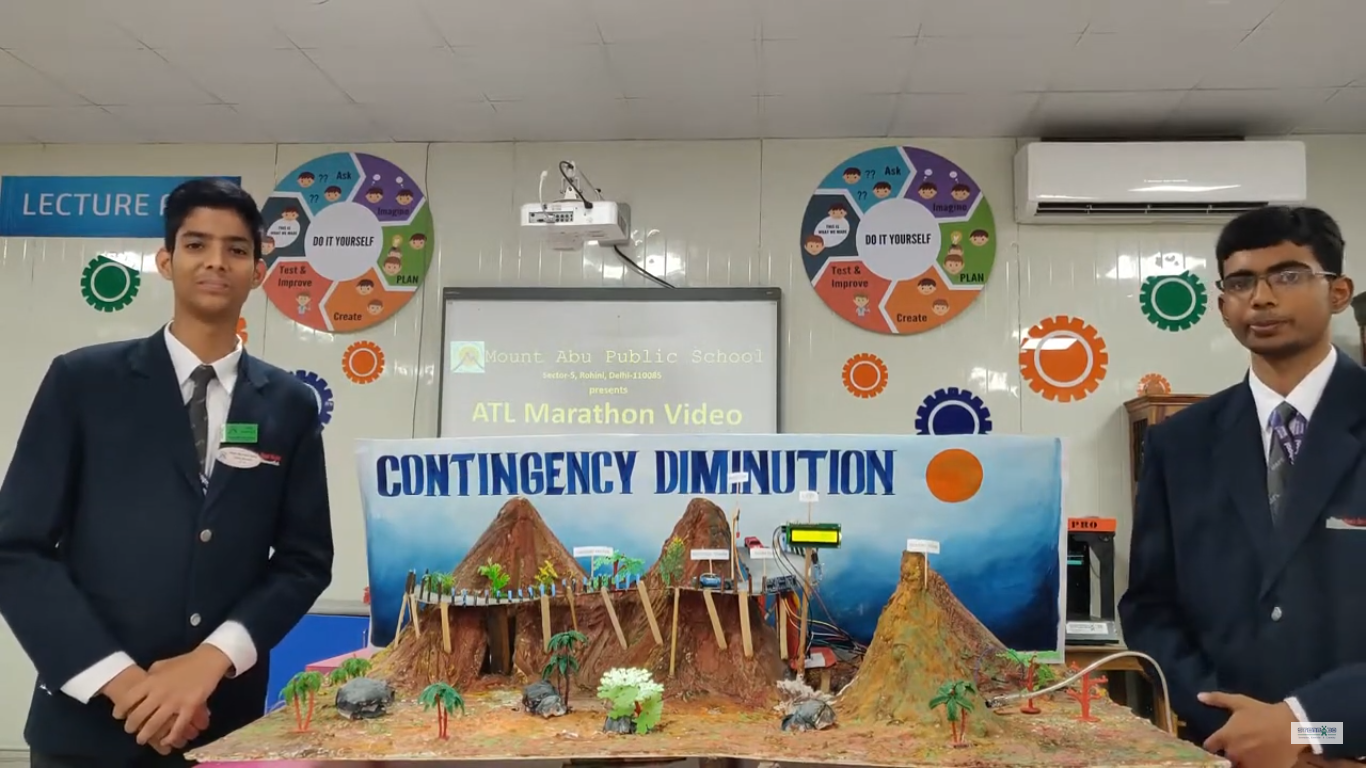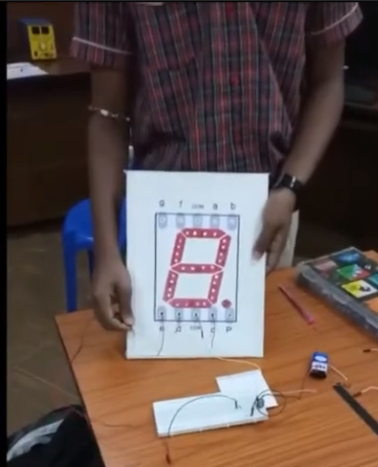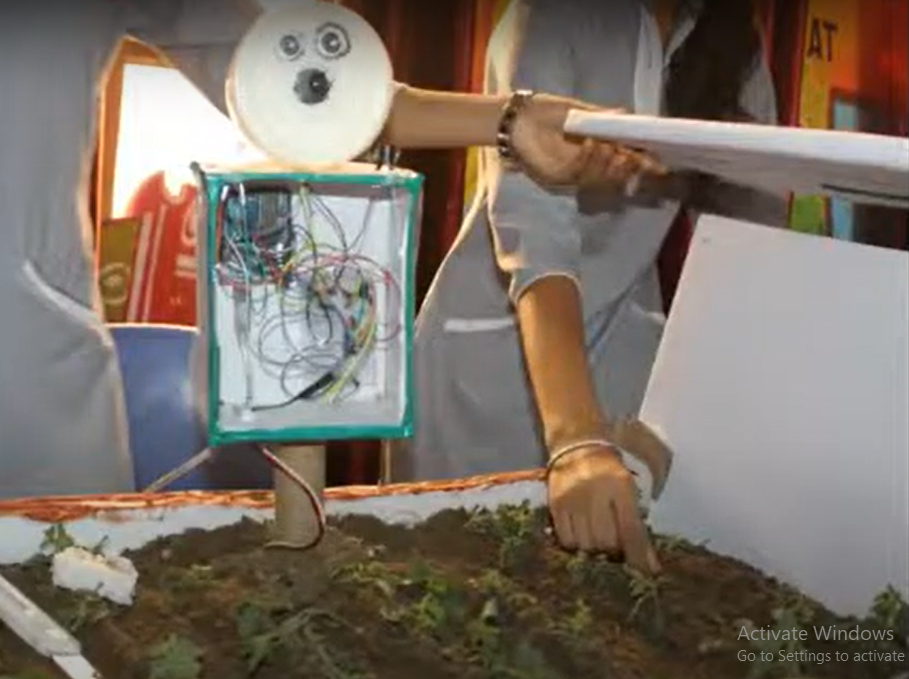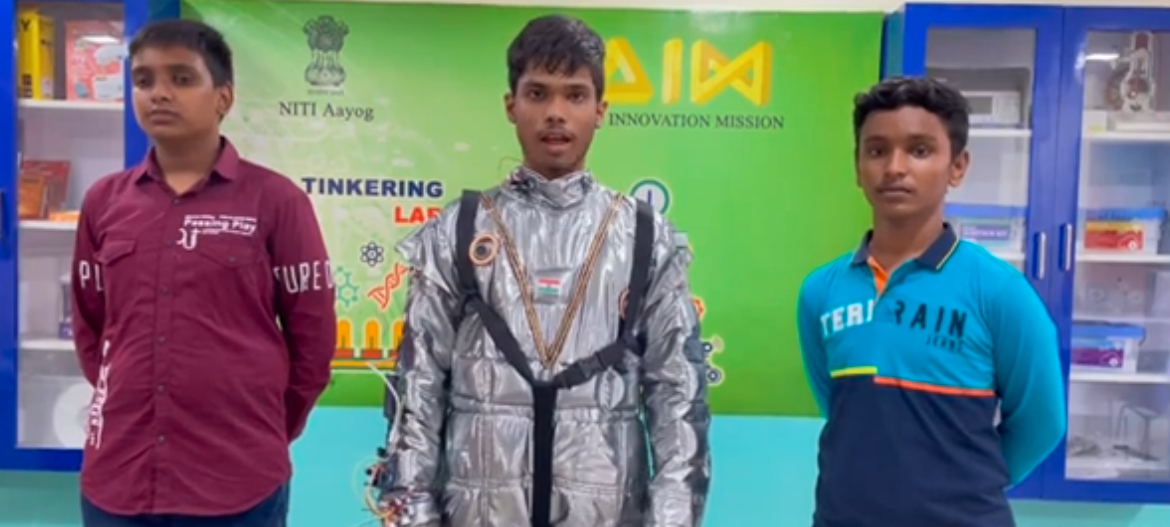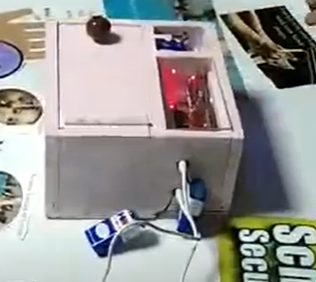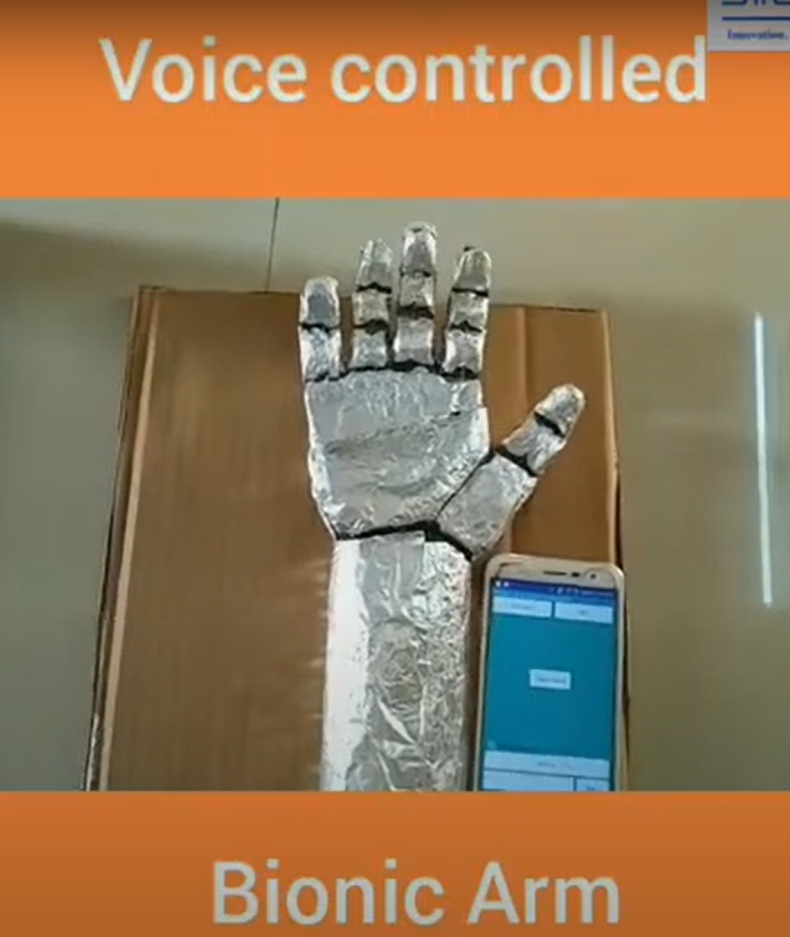Agriculture is a critical sector that requires constant monitoring and management to ensure optimal crop health and yield. Traditional methods of monitoring crop conditions are labor-intensive and often lack real-time data, leading to inefficiencies and potential crop loss. This project, the Crop Health Advisor Project, leverages modern technology to automate the monitoring process and provide real-time data to farmers, thereby enhancing agricultural productivity and sustainability.
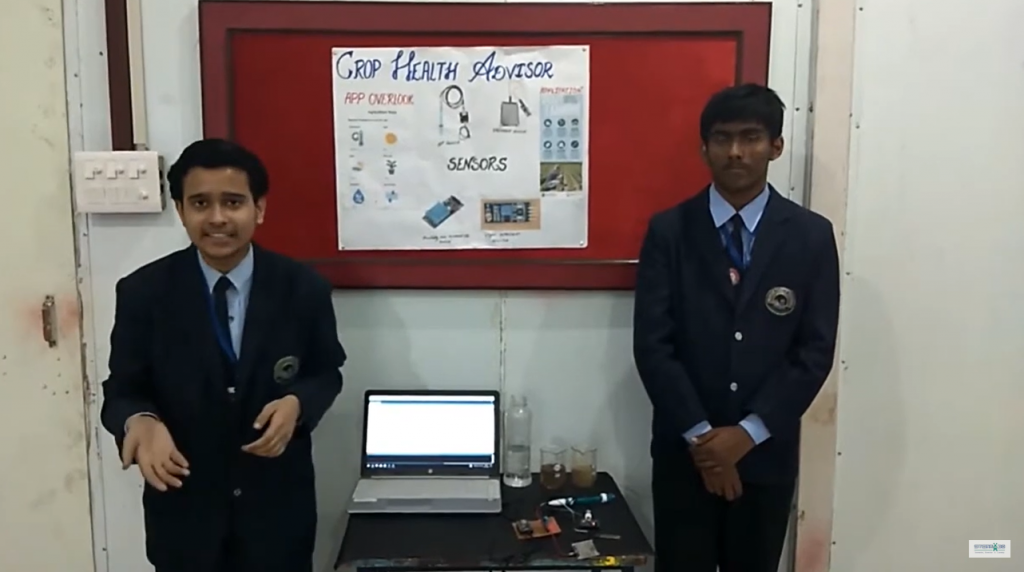
Component Required:
- NodeMCU (ESP8266): Microcontroller for processing and wireless communication.
- pH Sensor: For measuring soil pH levels.
- Soil Moisture Sensor: For detecting soil moisture content.
- Rainfall Sensor: For detecting rainfall presence.
- DHT22: For measuring environmental humidity and temperature.
- LDR: For measuring light intensity.
- Breadboard and Connecting Wires: For prototyping and connections.
- Power Supply: Batteries and solar panels for sustainable power.
Components and Functionality:
pH Sensor
- Purpose: Measures the pH value of the soil to determine its acidity or alkalinity.
- Operation: The pH sensor provides real-time data on the soil’s pH level.
Soil Moisture Sensor
- Purpose: Measures the moisture content of the soil.
- Operation: The sensor detects the water content in the soil, ensuring optimal watering.
Rainfall Sensor
- Purpose: Detects the presence and intensity of rainfall.
- Operation: Indicates whether it is raining, helping in irrigation planning.
Humidity and Temperature Sensor (DHT22)
- Purpose: Measures environmental humidity and temperature.
- Operation: Provides real-time data on air humidity and temperature, crucial for crop health.
Light Dependent Resistor (LDR)
- Purpose: Measures the light intensity.
- Operation: Helps determine the amount of light available to the crops.
NodeMCU ESP32
- Purpose: Collects data from all sensors and transmits it to a cloud platform.
- Operation: Handles data acquisition and wireless communication.
Circuit Diagram is given below:
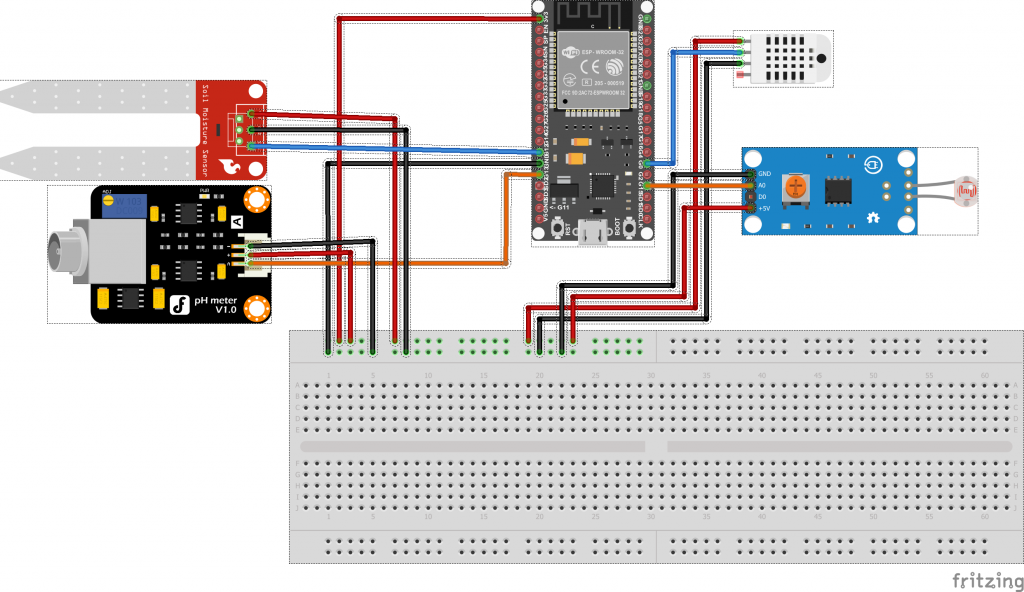
Implementation Notes
- WiFi Connection: Ensure your WiFi credentials are correct and that the NodeMCU is within range of the WiFi network.
- Sensor Calibration: Calibrate the sensors according to the manufacturer’s instructions to get accurate readings.
- Server Setup: Replace
http://your-server.com/updatewith the actual URL of your server or cloud platform where the data will be sent. - Power Supply: Ensure that the NodeMCU and sensors are supplied with appropriate power, typically 3.3V for the NodeMCU and most sensors.
The code is given below:
#include <ESP8266WiFi.h>
#include <DHT.h>
#include <Wire.h>
#include <ESP8266HTTPClient.h>
// WiFi credentials
const char* ssid = "YOUR_SSID";
const char* password = "YOUR_PASSWORD";
// DHT22 settings
#define DHTPIN D4
#define DHTTYPE DHT22
DHT dht(DHTPIN, DHTTYPE);
// Pin definitions
#define PH_PIN ADC2_4
#define SOIL_MOISTURE_PIN ADC2_5
#define RAIN_SENSOR_PIN D1
#define LDR_PIN ADC2_3
// Server URL (replace with your server URL)
const char* serverUrl = "http://your-server.com/update";
void setup() {
Serial.begin(115200);
WiFi.begin(ssid, password);
while (WiFi.status() != WL_CONNECTED) {
delay(1000);
Serial.println("Connecting to WiFi...");
}
Serial.println("Connected to WiFi");
dht.begin();
}
void loop() {
// Read pH value
int phValue = analogRead(PH_PIN);
// Read soil moisture value
int soilMoistureValue = analogRead(SOIL_MOISTURE_PIN);
// Read rain sensor value
int rainValue = digitalRead(RAIN_SENSOR_PIN);
// Read humidity and temperature values
float humidity = dht.readHumidity();
float temperature = dht.readTemperature();
// Read light intensity value
int ldrValue = analogRead(LDR_PIN);
// Print sensor values to Serial Monitor
Serial.print("pH Value: "); Serial.println(phValue);
Serial.print("Soil Moisture Value: "); Serial.println(soilMoistureValue);
Serial.print("Rain: "); Serial.println(rainValue);
Serial.print("Humidity: "); Serial.print(humidity); Serial.println(" %");
Serial.print("Temperature: "); Serial.print(temperature); Serial.println(" *C");
Serial.print("Light Intensity: "); Serial.println(ldrValue);
// Prepare data for sending
if (WiFi.status() == WL_CONNECTED) {
HTTPClient http;
String postData = "ph=" + String(phValue) +
"&soilMoisture=" + String(soilMoistureValue) +
"&rain=" + String(rainValue) +
"&humidity=" + String(humidity) +
"&temperature=" + String(temperature) +
"&light=" + String(ldrValue);
http.begin(serverUrl);
http.addHeader("Content-Type", "application/x-www-form-urlencoded");
int httpResponseCode = http.POST(postData);
if (httpResponseCode > 0) {
String response = http.getString();
Serial.println(httpResponseCode);
Serial.println(response);
} else {
Serial.print("Error on sending POST: ");
Serial.println(httpResponseCode);
}
http.end();
}
delay(60000); // Wait for a minute before the next reading
}Application:
Real-time Monitoring: Provides real-time data on critical environmental and soil conditions.
Data Analysis: Enables data collection for trend analysis and informed decision-making.
Resource Optimization: Helps optimize water and nutrient usage based on soil and weather conditions.
Increased Crop Yield: Maintains optimal growing conditions, leading to healthier crops and potentially higher yields.

